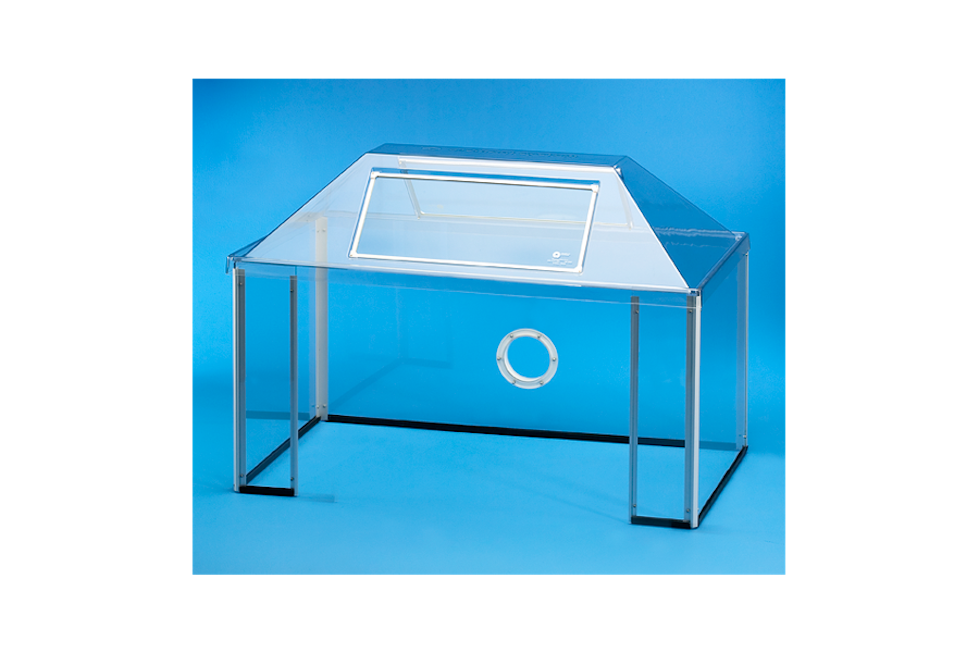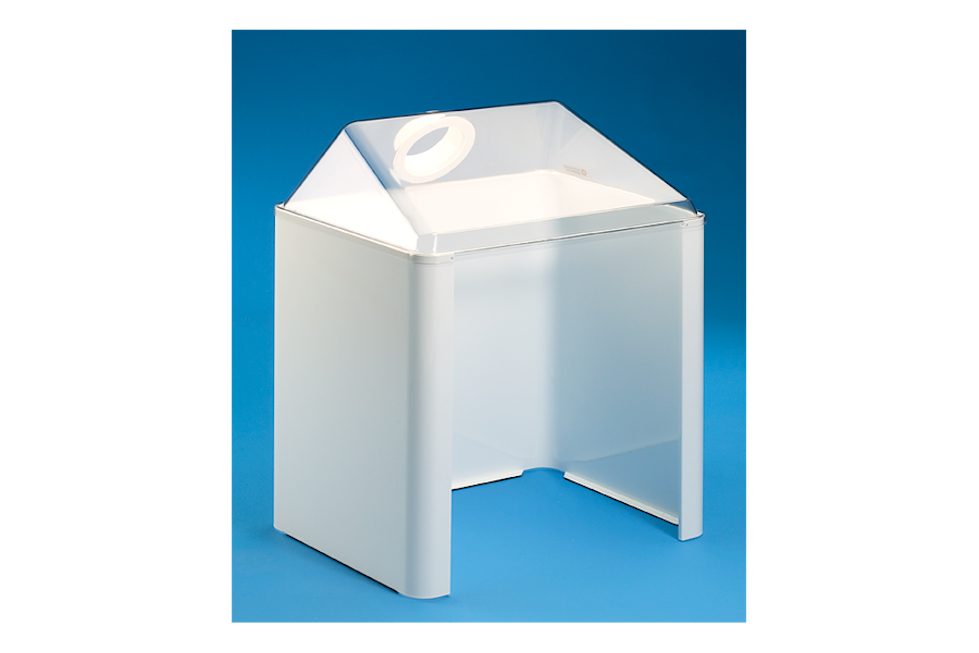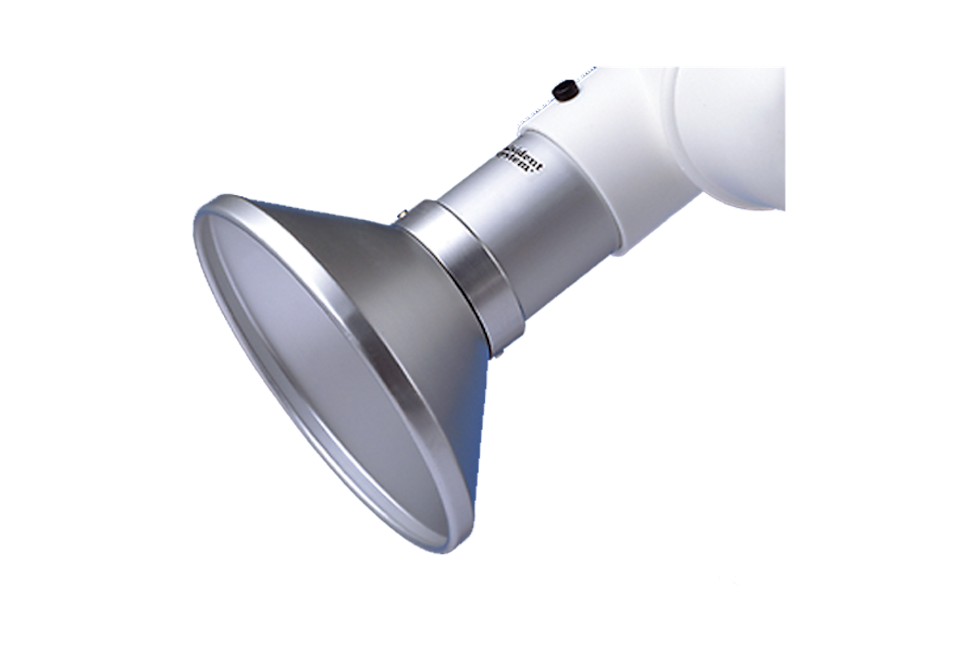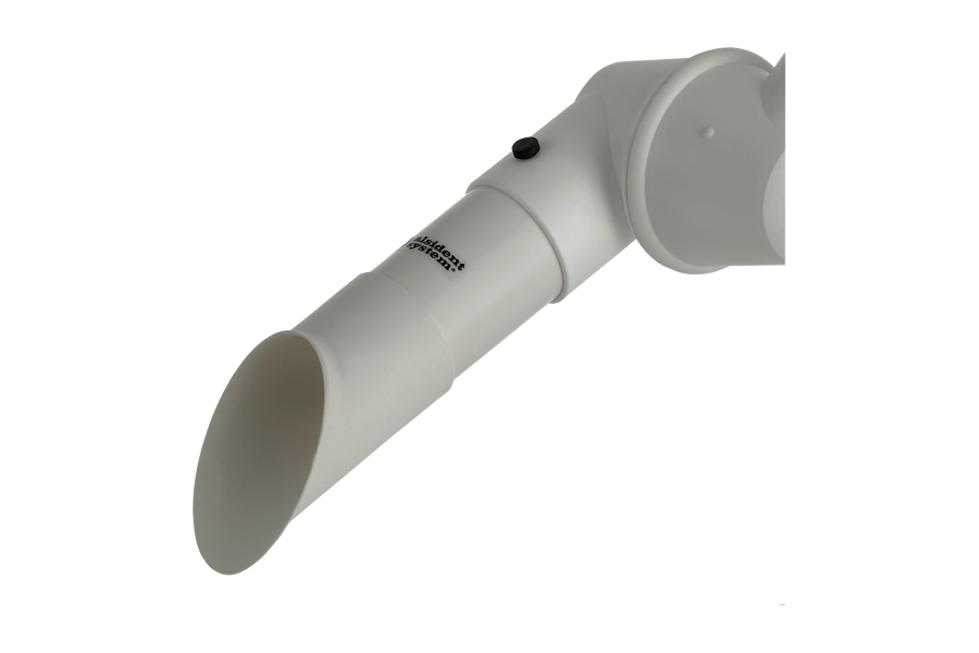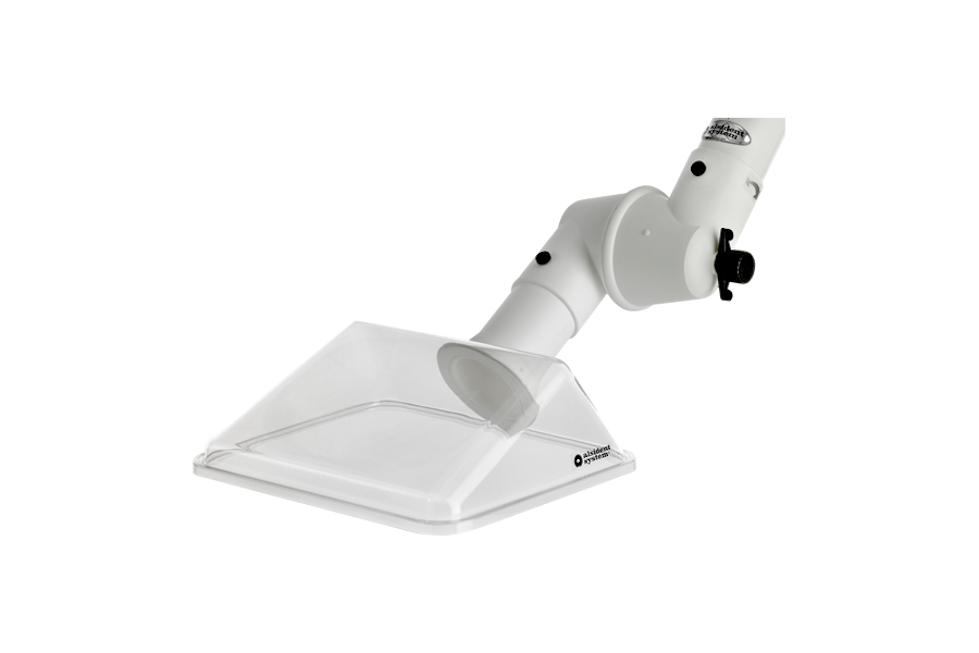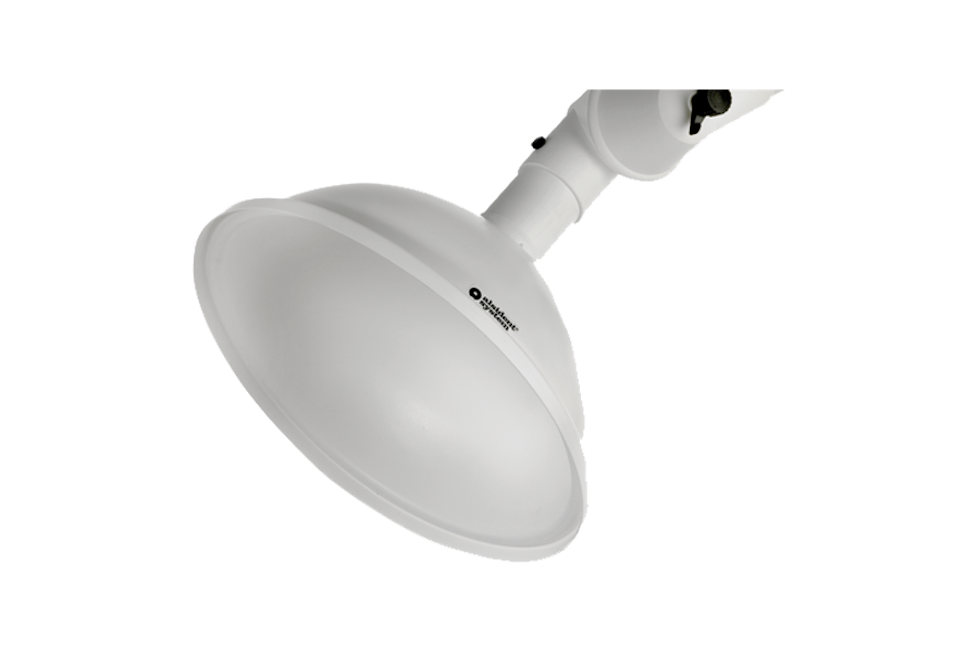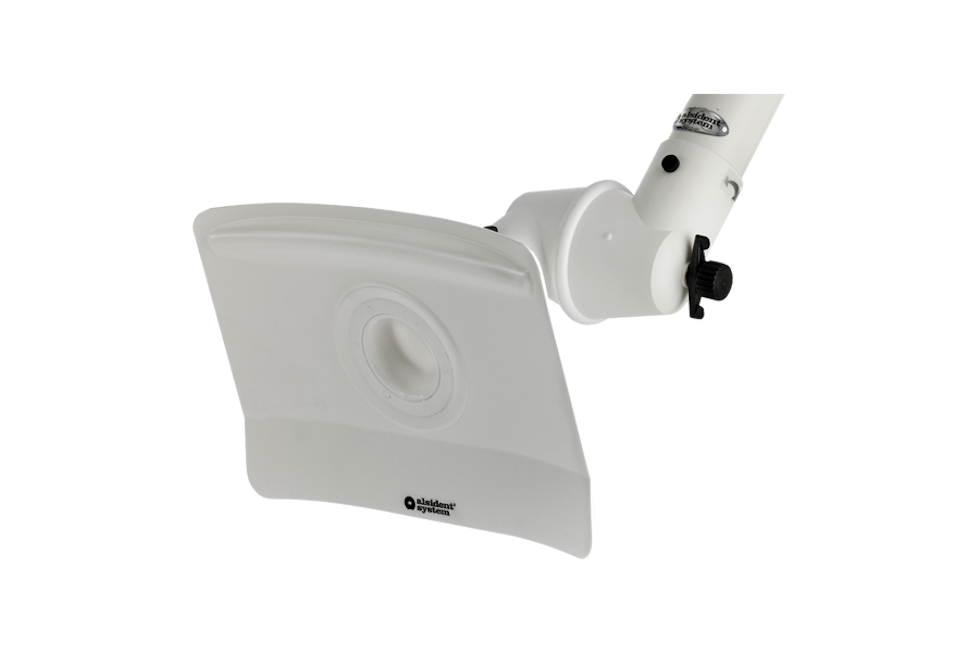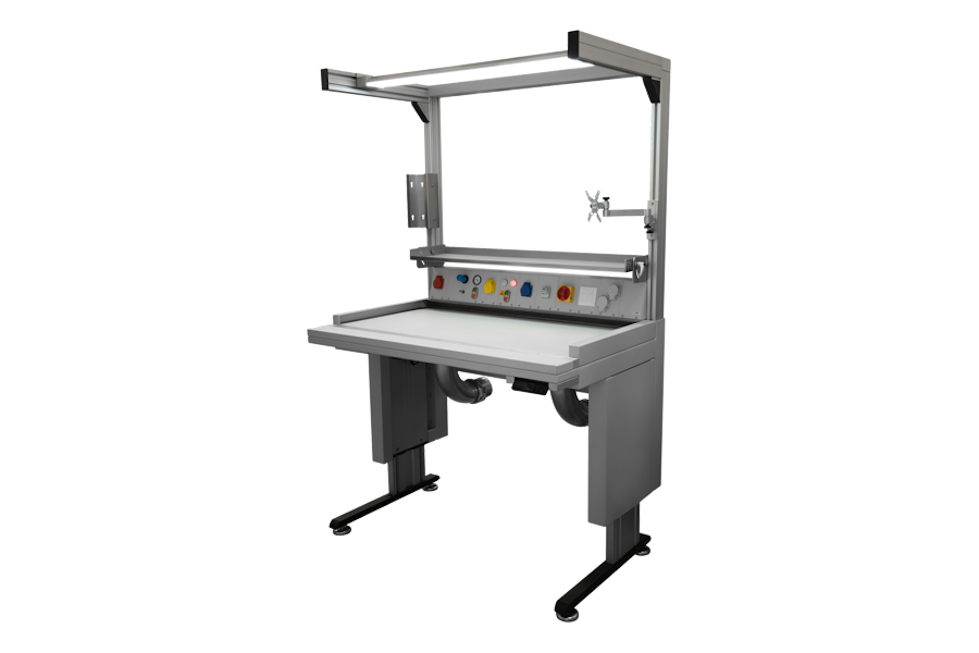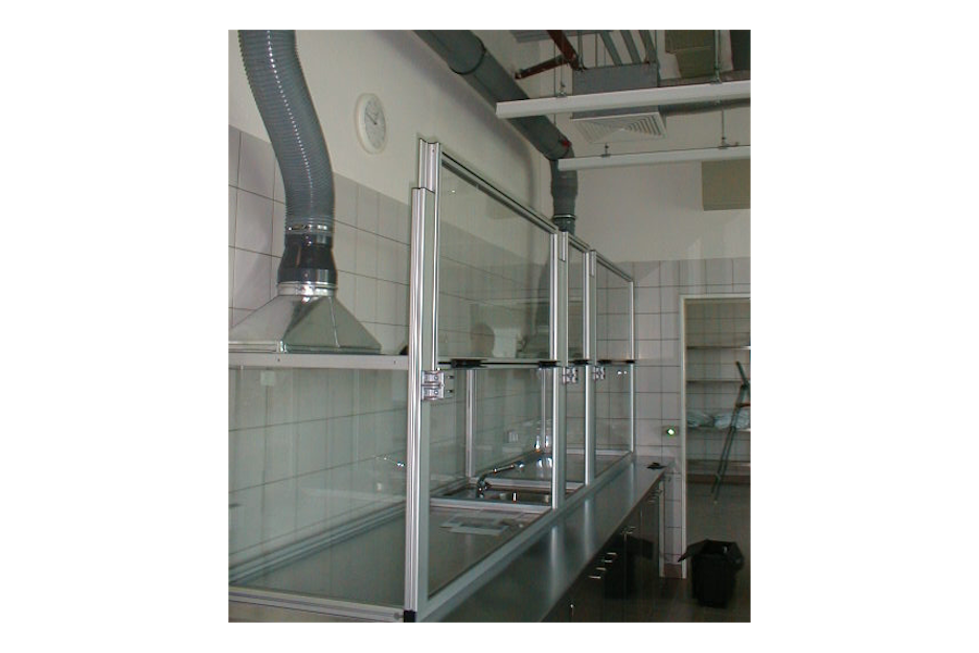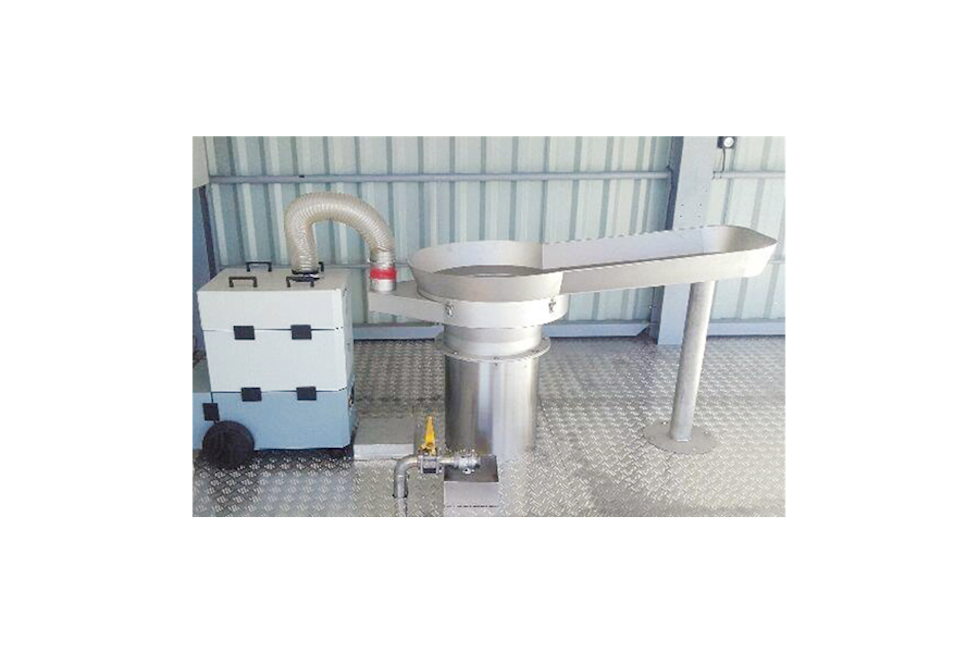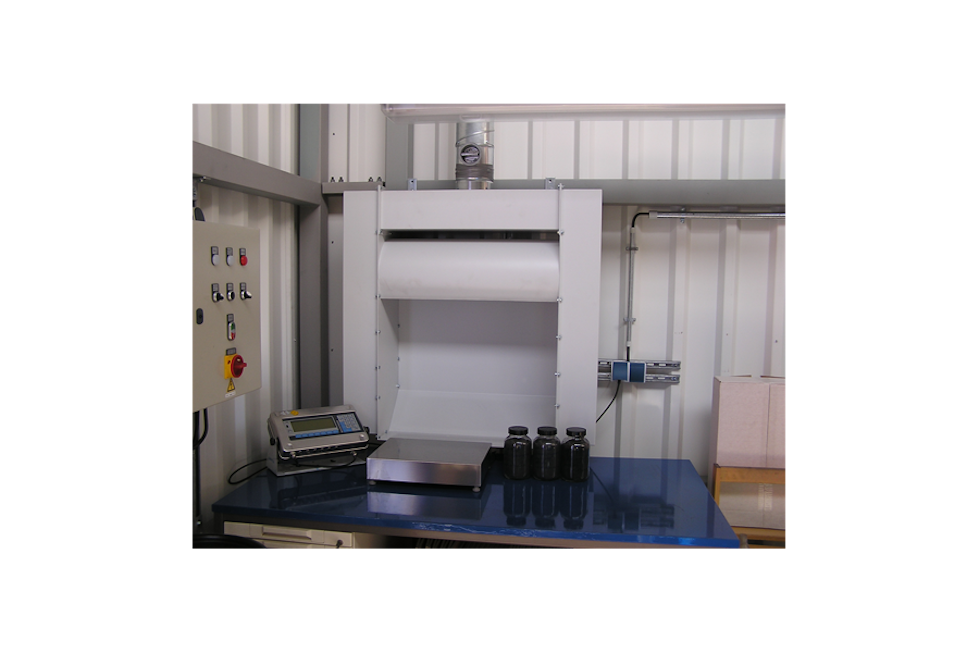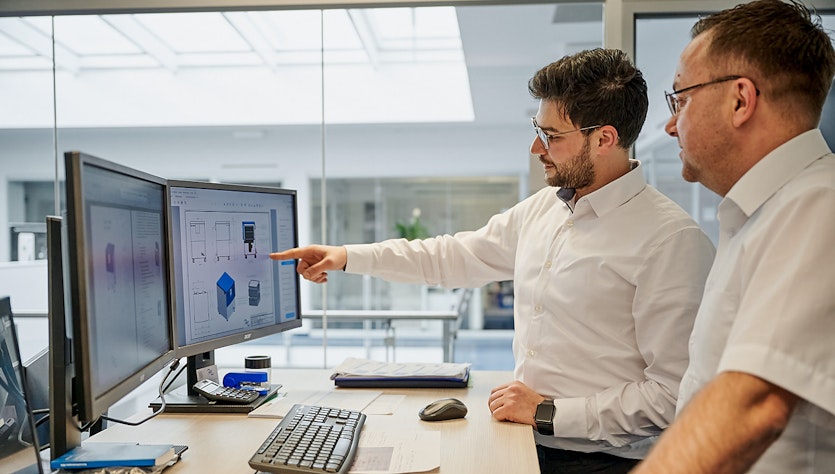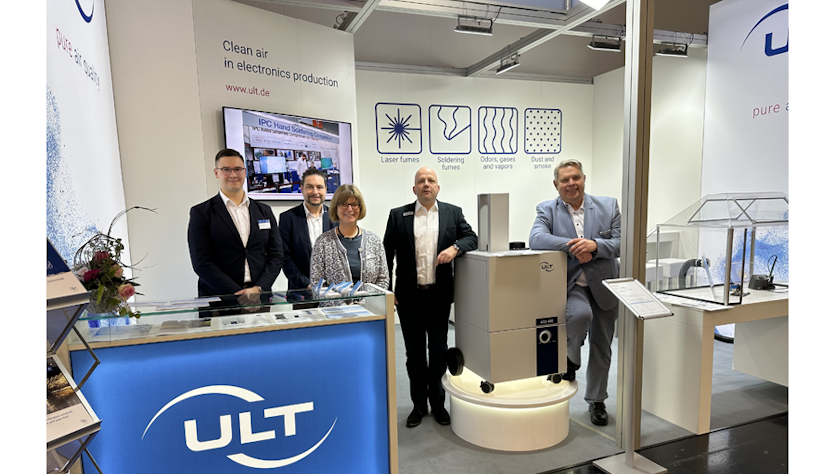
Capture of airborne pollutants
Collection solutions for filtration tasks
Capturing airborne pollutants as close as possible to their point of origin is a key factor in the efficiency and filtration rate of an extraction system. This fact should not be underestimated, because expert advice is essential even in seemingly trivial applications.
In the video to the right, ULT CEO Dr Stefan Jakschik explains the effective utilization of collection elements and what needs to be considered.
Capturing airborne pollutants (German with English subtitles)
Legal requirements
The detection of hazardous substances is defined in the occupational health and safety regulations of your country of residence. These ordinances determine the hazard characteristics of specific pollutants, for example with regard to the risk of fire or explosion or the type of damage to health (e.g. carcinogenic, mutagenic, or toxic to reproduction).
The use of appropriate extraction arms and collection elements is of essential importance. In order to ensure the corresponding capture of the largest possible volume of pollutants, fundamental aspects should be considered when selecting and installing extraction arms and collection elements.
Rule of thumb
In principle, the right collection element or extraction arms make a decisive contribution to the quality of the extraction and filter technology in industrial extraction systems.
Because the degree of collection is the basis for subsequent high-grade filtration, which ultimately results in the efficiency of an extraction system.
The location of the recording also plays a decisive role. The rule of thumb is that twice the distance between the emission source and the collection element requires at least four times the suction capacity of the fume extraction system.
This gives exponential conclusions about the energy demand. Especially in times of the energy transition and sharply rising electricity prices, this is a noteworthy component, at least in the long term.
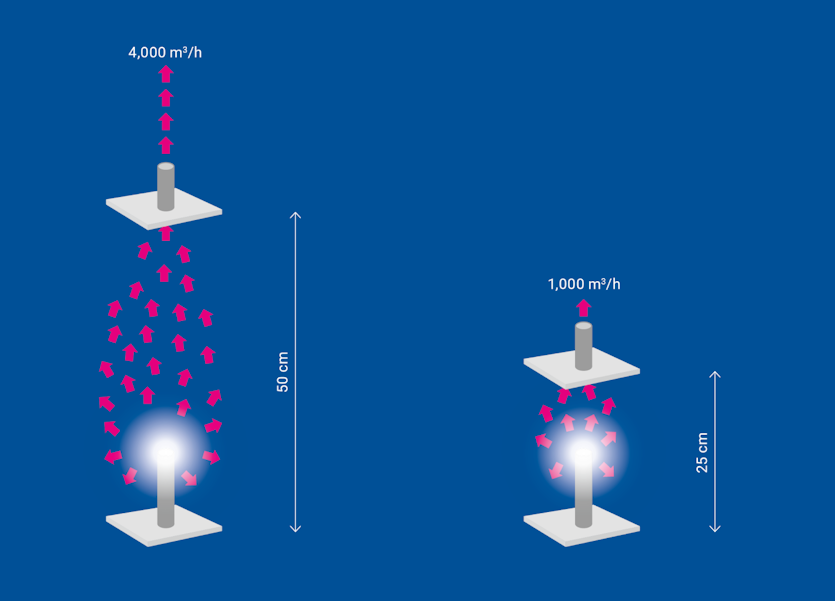
The closer the better
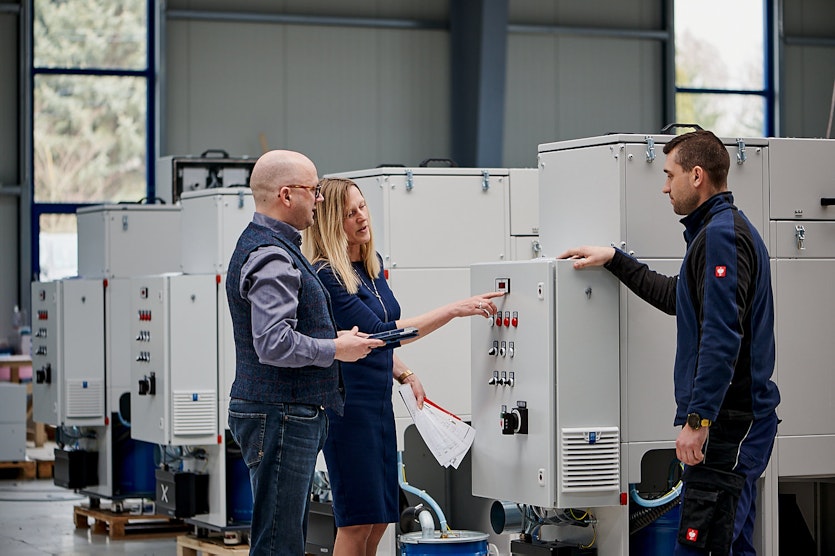
Advice and service are important to us
We would be happy to advise you
We provide a wide range of collection elements that we recommend depending on the application, type of pollutant, and the local conditions.
But most importantly: we are your personal advisor when it comes to selecting the right collection element or extraction arm for your application. Experienced engineers will assist you as partners.
Standardized collection elements (selection)
Special capture solutions (examples)
Your contact at ULT


